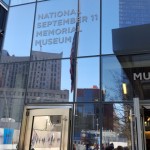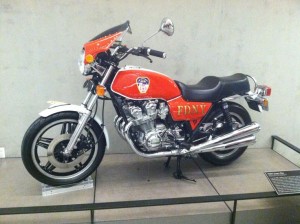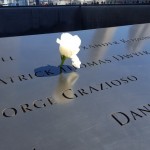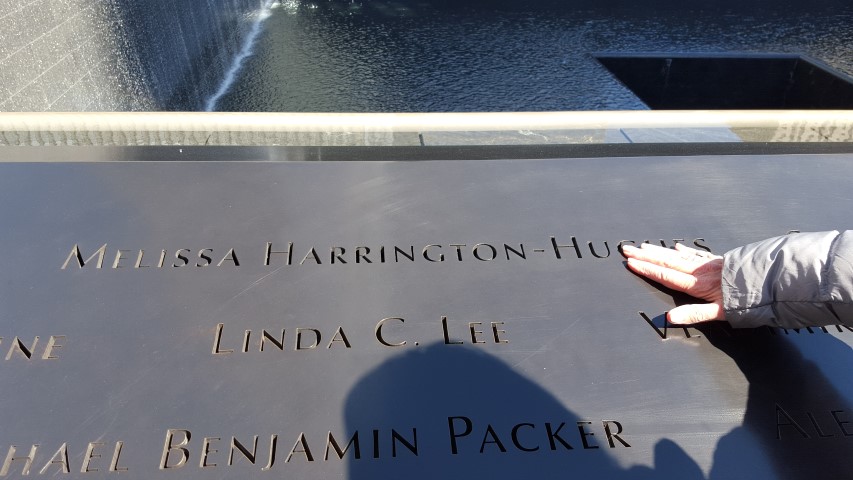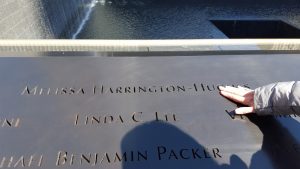By Suzanne Sparrow Watson
”I’ve forgotten how to pack!” Those were the words I muttered as I prepared for our first long vacation in over two years. While my husband concerned himself with his clothes and golf equipment, I fretted over snacks for the trip, food and bedding for Dash the Wonder Dog, some staples for our stay at the condo, my clothes, knitting projects and, last but not least, golf equipment. It’s little wonder he thought prepping for the trip was a snap. But it was all for a good cause, our first trip back to Sun Valley in three years. We have been visiting there almost every year since 1988, and although we’d heard that the pandemic has changed its small-town feel, we were excited to go back. Getting there, however, was part of the challenge. I am all for taking interstates. Call my crazy but I like a plethora of eating options, bathrooms, and good cell service. My husband, who insists on doing all the driving, loves the solitude of the smaller highways. Since prerogative goes to the driver, we drove up to Idaho on Nevada’s Highway 95. You would be hard pressed to find a more desolate road in the United States. It is two lanes the whole way, with only four passing lanes in over 400 miles. Which means everyone is going about 100 miles per hour and passing with great frequency. As an added attraction, there are hundreds of miles where there is no cell service. I had visions of our car breaking down and the bleached bones of our bodies being found weeks later. But we made it to our stopover for the night, Ely, Nevada, which is smack dab in the middle of … nothing. Here’s how remote it is: there is no Starbucks in Ely.
 The following morning, having safely survived the trek through Nevada (and no coffee) we made our way up to Sun Valley. It felt like coming home, a place so familiar that we both breathed a sigh of relief that we were finally back in our “happy place”. Not everything was perfect. Normally after Labor Day you can shoot a cannon down Main Street and not hit anyone. This year, there was traffic and people everywhere. We had heard that both bicyclists and drivers were out of control and sure enough, on our first day we witnessed a bicyclist being hauled off in an ambulance. On the walking path to town the city has painted on the sidewalk, “If you’re on a bike and you want to wave, make sure you use all your fingers”. One of our friends, who has lived in Sun Valley for over 30 years, says the vibe has changed in the past year. “Everyone is more on edge. People feel entitled and gripe about everything,” she told us. Still, the mountain and the trees are magnificent, so we chose to look at nature rather than rude people from California and Seattle. This time of year the trees are beginning to turn and there is nothing more magnificent than quaking Aspen trees, with their full complement of fall colors, framed against the dark green pines.
The following morning, having safely survived the trek through Nevada (and no coffee) we made our way up to Sun Valley. It felt like coming home, a place so familiar that we both breathed a sigh of relief that we were finally back in our “happy place”. Not everything was perfect. Normally after Labor Day you can shoot a cannon down Main Street and not hit anyone. This year, there was traffic and people everywhere. We had heard that both bicyclists and drivers were out of control and sure enough, on our first day we witnessed a bicyclist being hauled off in an ambulance. On the walking path to town the city has painted on the sidewalk, “If you’re on a bike and you want to wave, make sure you use all your fingers”. One of our friends, who has lived in Sun Valley for over 30 years, says the vibe has changed in the past year. “Everyone is more on edge. People feel entitled and gripe about everything,” she told us. Still, the mountain and the trees are magnificent, so we chose to look at nature rather than rude people from California and Seattle. This time of year the trees are beginning to turn and there is nothing more magnificent than quaking Aspen trees, with their full complement of fall colors, framed against the dark green pines.
 So we spent the first few days taking in the beautiful views, playing some golf, and drinking Guinness. And the our first weekend something wonderful happened – it snowed! It wasn’t much but it contributed to a perfect Sunday – 48 degrees at the peak of the day, a roaring fire, and football on TV. It doesn’t get much better than that. As a bonus, the cold weather seemed to weed out the faint of heart. On Monday morning, as we ventured into town, we noticed that it had cleared out. Sun Valley was as we’d always remembered it in late September – quiet. Just the way we like it.
So we spent the first few days taking in the beautiful views, playing some golf, and drinking Guinness. And the our first weekend something wonderful happened – it snowed! It wasn’t much but it contributed to a perfect Sunday – 48 degrees at the peak of the day, a roaring fire, and football on TV. It doesn’t get much better than that. As a bonus, the cold weather seemed to weed out the faint of heart. On Monday morning, as we ventured into town, we noticed that it had cleared out. Sun Valley was as we’d always remembered it in late September – quiet. Just the way we like it.
Next time: we venture further north and then wend our way home – on the interstate.






